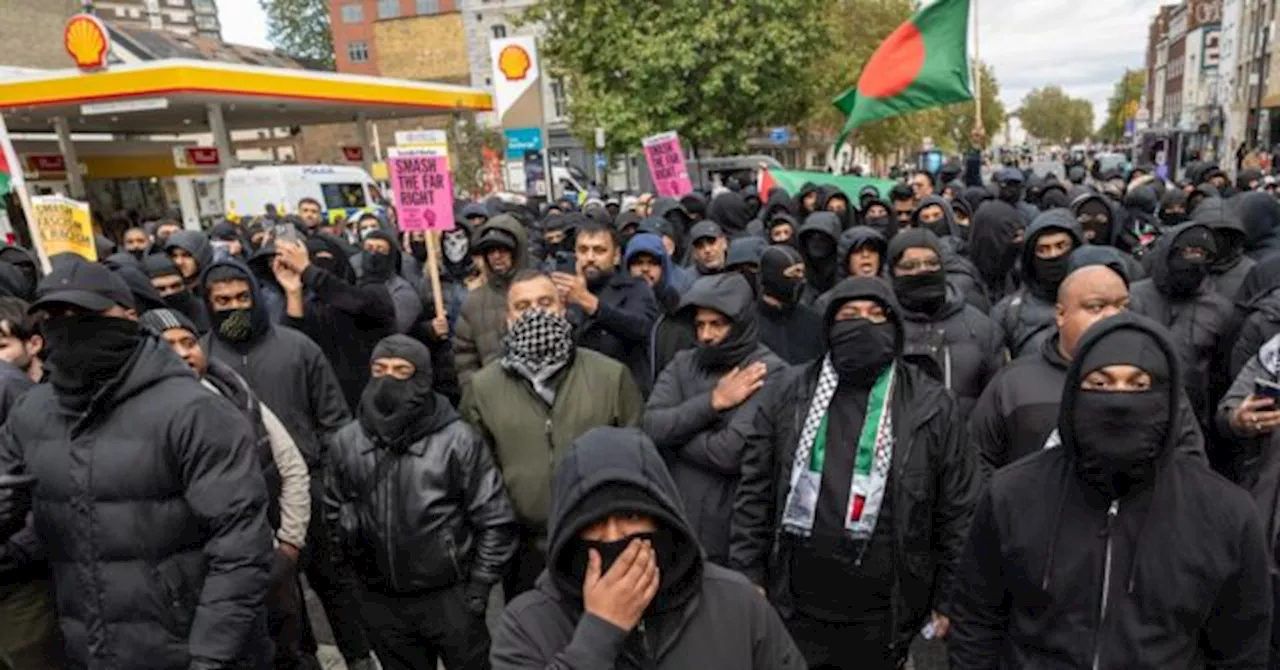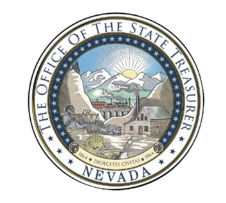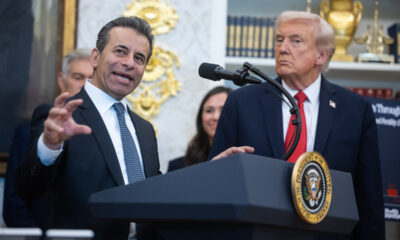Politics
Muslim Protesters Rally in East London After Anti-Islamist March Ban

In East London’s Tower Hamlets, masked Muslim protesters gathered on October 25, 2025, to defend their community following a police ban on an anti-Islamist march organized by the United Kingdom Independence Party (UKIP). The demonstration arose in response to the perceived threat posed by the planned UKIP event, which had been described as targeting Islam directly.
The protest unfolded in the multicultural area of Whitechapel, where demonstrators waved Palestinian and Bangladeshi flags while wearing black clothing and masks. Among the crowd were members of the far-left group Stand Up to Racism, with reports indicating that four individuals were arrested during the event. Participants voiced their determination to protect their community from what they characterized as a hostile incursion.
One protester articulated their stance, stating, “They came specifically targeting Islam. They said we are coming on a crusade, they said we need to take back our streets.” This sentiment echoed throughout the rally, where protesters expressed their commitment to standing firm against perceived external threats. “We stand firm to let them know that if you come, then we will stand firm and we will be ready to defend our elders, to defend our women, and to defend our community,” the protester added.
The atmosphere of the rally included an Islamic prayer performed in the street, with participants bowing in unison while chanting “Allahu Akbar.” This display highlighted the cultural and religious significance of the gathering, framing it as both a protest and a reaffirmation of community identity.
The Metropolitan Police had announced the ban against the UKIP march earlier that week, citing concerns over potential serious disorder in a borough with a high percentage of Muslim residents. In a statement, the police acknowledged the potential for significant unrest, noting, “Tower Hamlets has the largest percentage of Muslim residents anywhere in the UK and the prospect of this protest taking place in the heart of the borough has been the cause of significant concern locally.”
The decision to prohibit the march forced UKIP to relocate their demonstration to central London, where supporters gathered and held signs such as “Islamist invaders not welcome in Britain” and “Take our country back.” UKIP leader Nick Tenconi urged attendees to advocate for stricter immigration policies, stating, “We want the illegals gone, we want the communists gone.”
Social media commentary surrounding the events suggested that the contrasting treatment of the two demonstrations illustrated a perception of “two-tier policing” in Britain. Some observers drew parallels to historical events, comparing the protest dynamics to the Battle of Cable Street in 1936, when various groups clashed with fascist demonstrators.
The Tower Hamlets protests reflect ongoing tensions in the UK surrounding issues of nationalism, immigration, and community identity. As communities navigate these complex dynamics, the events of October 25 serve as a notable example of the intersections between local identity and national politics.
-

 Health1 week ago
Health1 week agoRare Brain Condition Discovered More Common in New Mexico
-

 Politics1 week ago
Politics1 week agoPrince Andrew Steps Back from Royal Duties Following Epstein Memoir
-

 Entertainment1 week ago
Entertainment1 week agoTrump Commutes George Santos’ Sentence, Sparks Controversy
-

 Sports1 week ago
Sports1 week agoMLS Decision Day 2025: Playoff Spots on the Line as Teams Clash
-

 World1 week ago
World1 week agoYoung Driver Dies in Collision with Box Truck in El Cajon
-

 Lifestyle1 week ago
Lifestyle1 week agoKent Hamilton Named Southeastern Farmer of the Year at Expo
-

 Sports1 week ago
Sports1 week agoSaquon Barkley Reacts to James Franklin’s Dismissal from Penn State
-

 Health1 week ago
Health1 week agoRemembering Mary Ingleby: A Life of Love, Teaching, and Music
-

 Science1 week ago
Science1 week agoIdaho State University Launches Haunted Science Laboratory on Oct. 25
-

 Politics1 week ago
Politics1 week agoNavy Veteran Max Quattromani Launches Campaign for Assessor Seat
-

 World1 week ago
World1 week agoNevada Treasury Awards 2025 Kenny C. Guinn Memorial Scholarships
-

 Health1 week ago
Health1 week agoFDA Introduces First Nine Recipients of National Priority Vouchers









